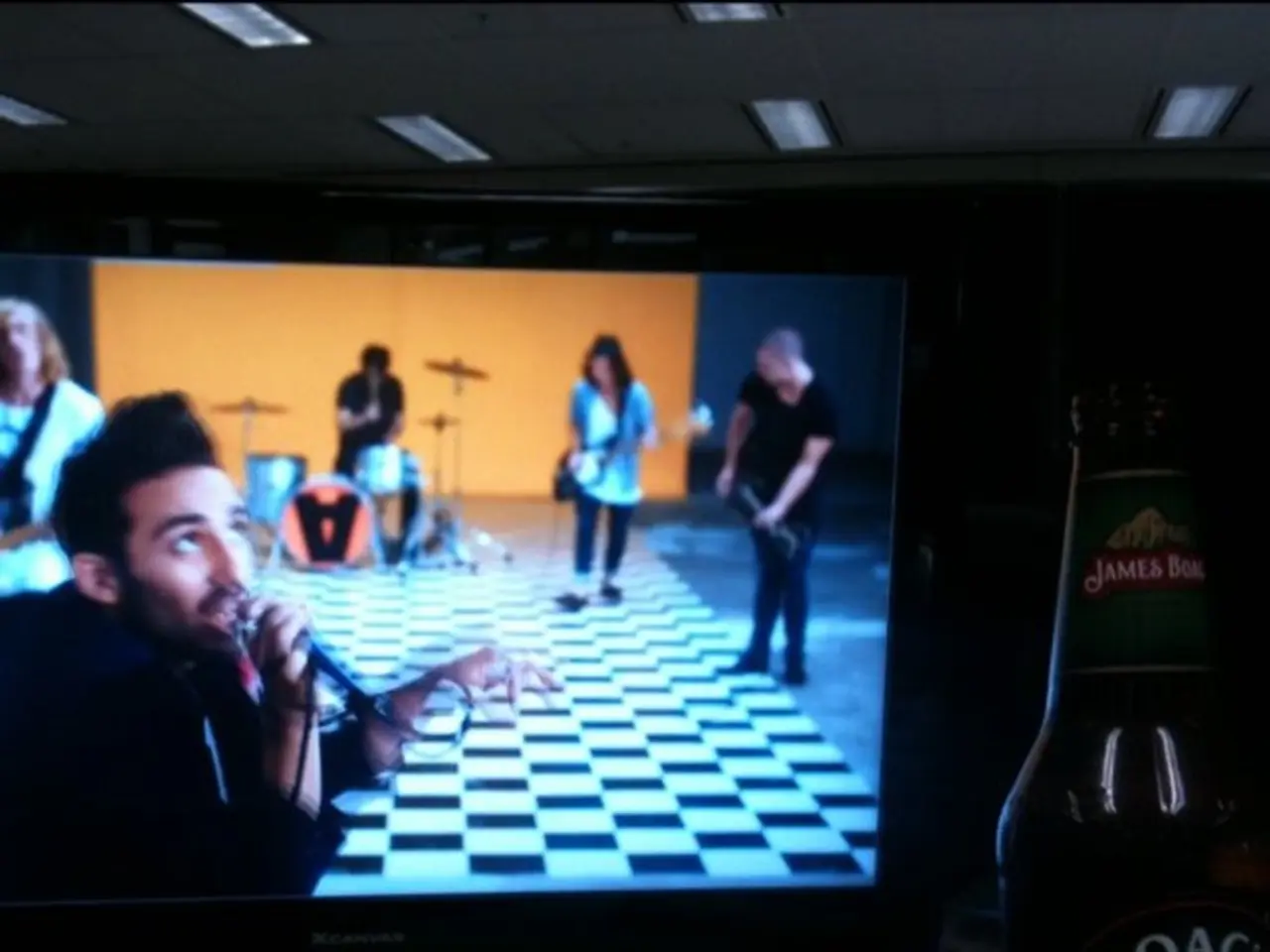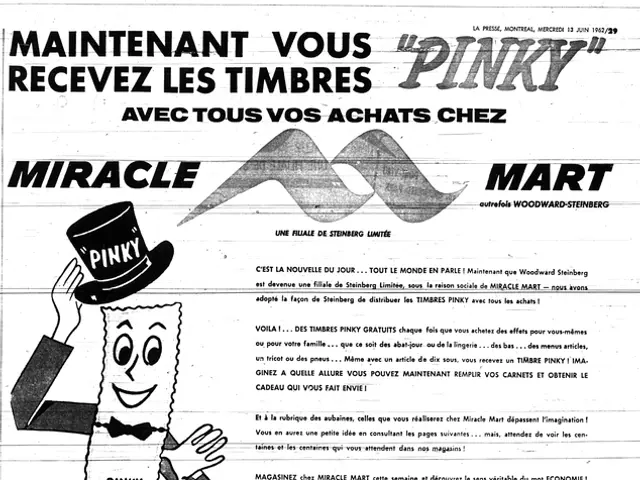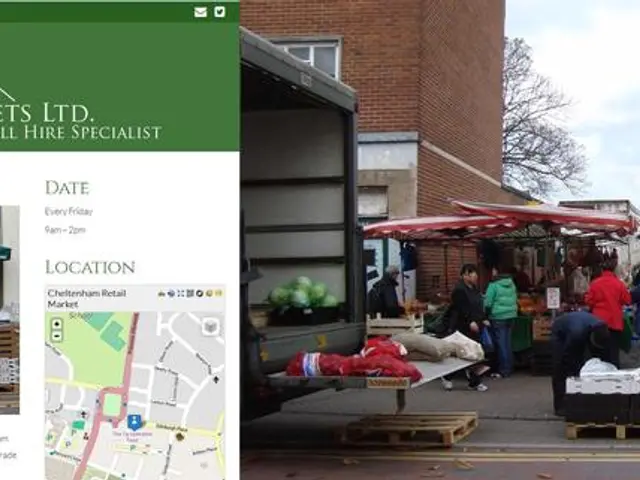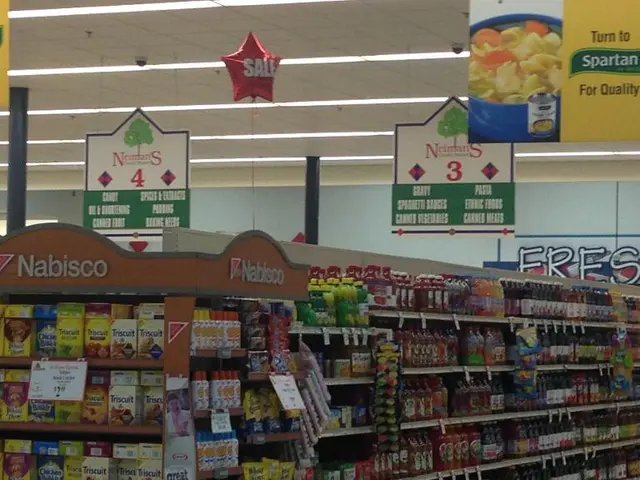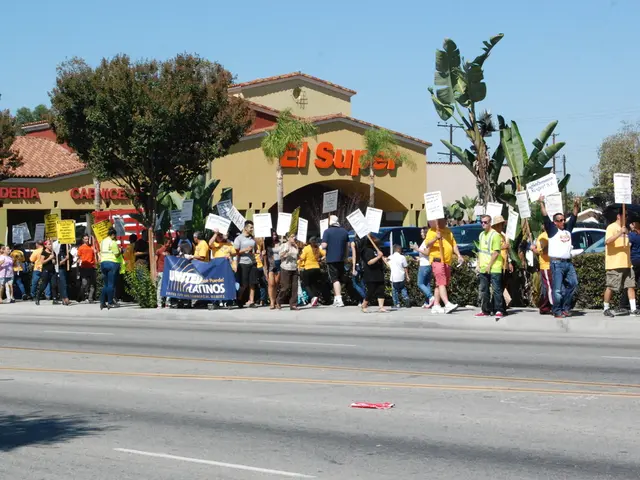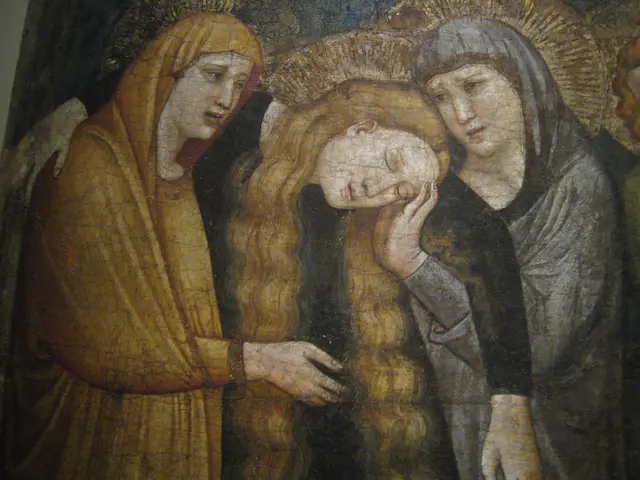UCLA conducts online music lesson demonstration for five significant Chinese conservatories from a distance
On January 22, the UCLA Herb Alpert School of Music hosted a historic event, welcoming representatives from five Chinese conservatories for a demonstration of Yamaha's groundbreaking Remote Lesson technology. This technological marvel, made possible by the Yamaha Disklavier, marked the first official connection between an American and a Chinese school in the realm of music education.
Origins and Evolution
The Yamaha Disklavier, an acoustic piano equipped with electronic sensors and actuators, serves as the foundation for this innovative technology. First introduced in the 1980s, the Disklavier has evolved into a sophisticated tool capable of recording, transmitting, and reproducing precise keystrokes and pedal movements.
The concept of remote lessons utilizing Disklavier technology emerged from combining high-fidelity acoustic piano sound with MIDI data transmission over the internet. This combination enables instructors and students to interact with a real piano experience despite being physically separated.
Collaborative projects between UCLA and prominent Chinese music conservatories, such as the Central Conservatory of Music in Beijing, have been instrumental in showcasing the Disklavier's potential for live lessons crossing continents. These partnerships allowed master musicians and educators from UCLA to teach Chinese students through synchronized, responsive piano performances, feedback, and demonstrations.
Significance
The Yamaha Remote Lesson system represents a substantial advancement in distance music education. Previously, remote lessons were largely limited to video calls without tactile or sonic interaction on a real piano. The Yamaha Remote Lesson system overcomes this by providing authentic playing and hearing experiences on both ends.
With the Disklavier’s precise reproduction of keystrokes and pedal use, teachers can convey subtle artistic nuances, dynamics, and phrasing clearly and receive immediate feedback on students' playing. This preserves the essence and integrity of traditional master-apprentice teaching over distance.
Moreover, this technology facilitates unprecedented access to high-level instruction and cultural exchange between Western and Eastern musical traditions, helping broaden the educational scope for emerging pianists.
The Role of the Disklavier
At the core of the Remote Lesson system, the Disklavier serves as the heart. Its sensors detect every key and pedal movement with millisecond accuracy, sending this data via MIDI or IP networks to a corresponding Disklavier in another location.
In real-time playback, the remote Disklavier reproduces the teacher’s performance, allowing the student not just to see or hear the instructor, but also to feel the nuances of real piano sound and response.
The system allows for bidirectional interaction, with students’ playing transmitted back to the teacher’s Disklavier and computer setup, enabling the teacher to analyze performances and provide detailed guidance as if sharing the same physical instrument.
Integration with audio and video tools further enhances the system, allowing instructors and students to communicate visually and verbally, adding another instructional dimension.
A New Era in Music Education
The history of Yamaha Remote Lesson technology between UCLA and Chinese conservatories illustrates a landmark in remote music education. This collaboration not only expanded educational possibilities in terms of geography but also enriched the quality and depth of piano teaching in the digital age.
As we move forward, the potential for this technology to break down barriers and foster cross-cultural exchange is vast. With the Yamaha Disklavier leading the way, the future of music education promises to be more connected, engaging, and inclusive than ever before.
The Yamaha Disklavier, an initial innovation from the 1980s, has progressed to become a sophisticated instrument for distance learning in music education. With its precise recording, transmission, and reproduction of keystrokes and pedal movements, it allows for authentic and interactive piano lessons between UCLA and Chinese music conservatories.
Unlike traditional remote lessons, the Yamaha Remote Lesson system provides an authentic playing and hearing experience across continents, bridging the gap between master musicians and students through synchronous, responsive performances, feedback, and demonstrations, thus cementing the essence of the traditional master-apprentice relationship in a digital age.
